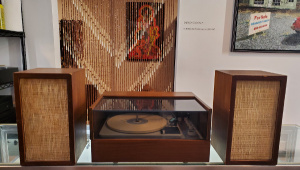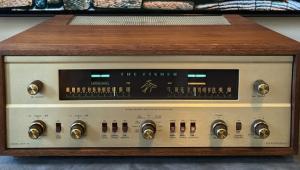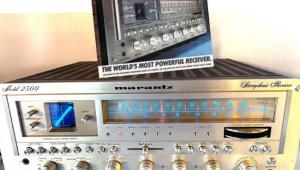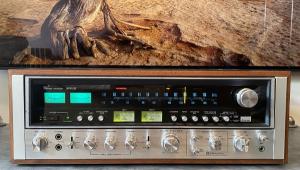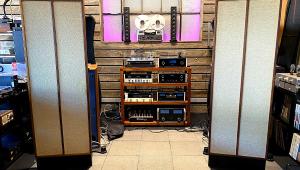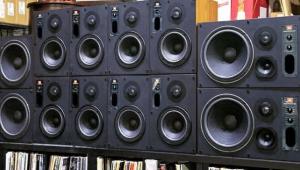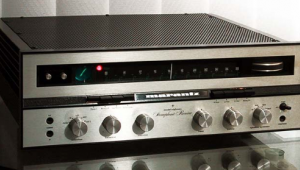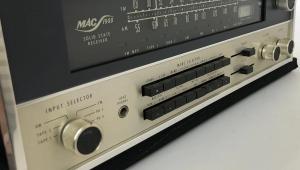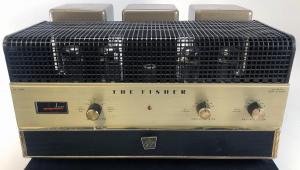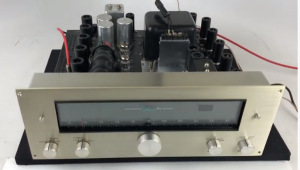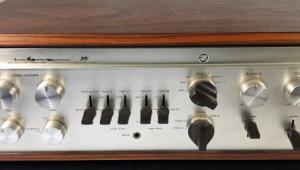Pioneer VP-1000 LaserDisc Player
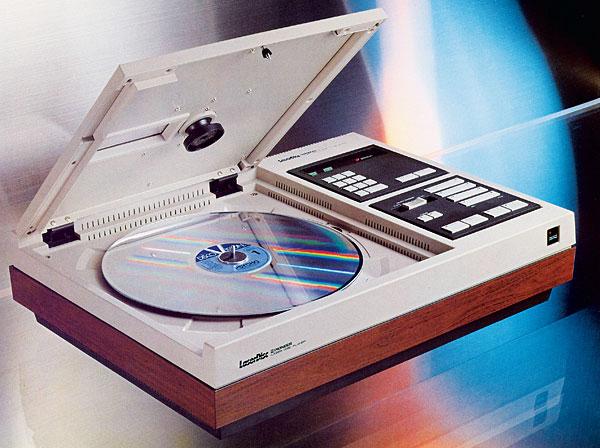
They looked like giant CDs, but Laserdisc started as a purely analog video and audio format. Digital audio was added in 1984 when Pioneer’s CLD-900 incorporated uncompressed linear PCM digital stereo and Dolby Surround; players with Dolby Digital and DTS arrived a few years later. LD was the first random-access format, and that seemed like a radical advance at the time.
Those first generations of players used helium-neon gas laser tubes that focused a 1.5-micron-wide beam on the 7-ounce, 12-inch discs spinning at 1,800 rpm, with all-analog tracking technology. LD’s standard-resolution composite video looked clearer and sharper than broadcast and videocassettes of the 1980s. LD’s maximum playing time per side was 60 minutes, and Pioneer brought out players that could automatically play both sides of a disc.
The major movie studios released vast numbers of their titles on LD, most of which were manufactured in Pioneer’s plant in California. The players were all made in Japan.
In 1981, RCA started a minor format war with its CED video discs (essentially a grooved video disc), but the inferior system faded quickly. I recall some of my friends with large LD collections were skeptical of DVD when the format arrived in 1997, and the visible compression artifacts of the early DVDs confirmed their worst fears. That’s part of the reason why LaserDisc and player production continued up through the early 2000s in the U.S. and Japan.
(Thanks go out to Andy Parsons, senior vice president, advanced product development & corporate communications for Pioneer Electronics USA, for providing information.)
